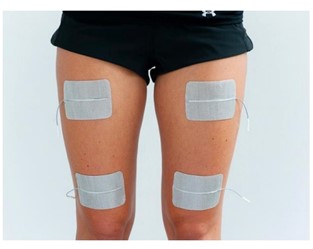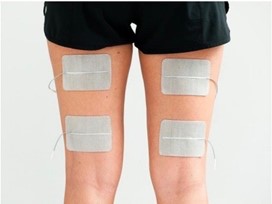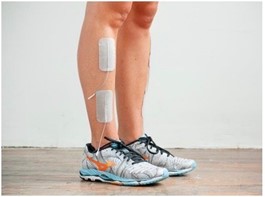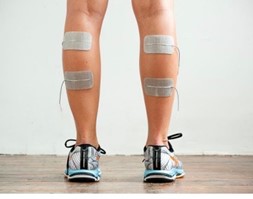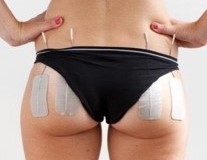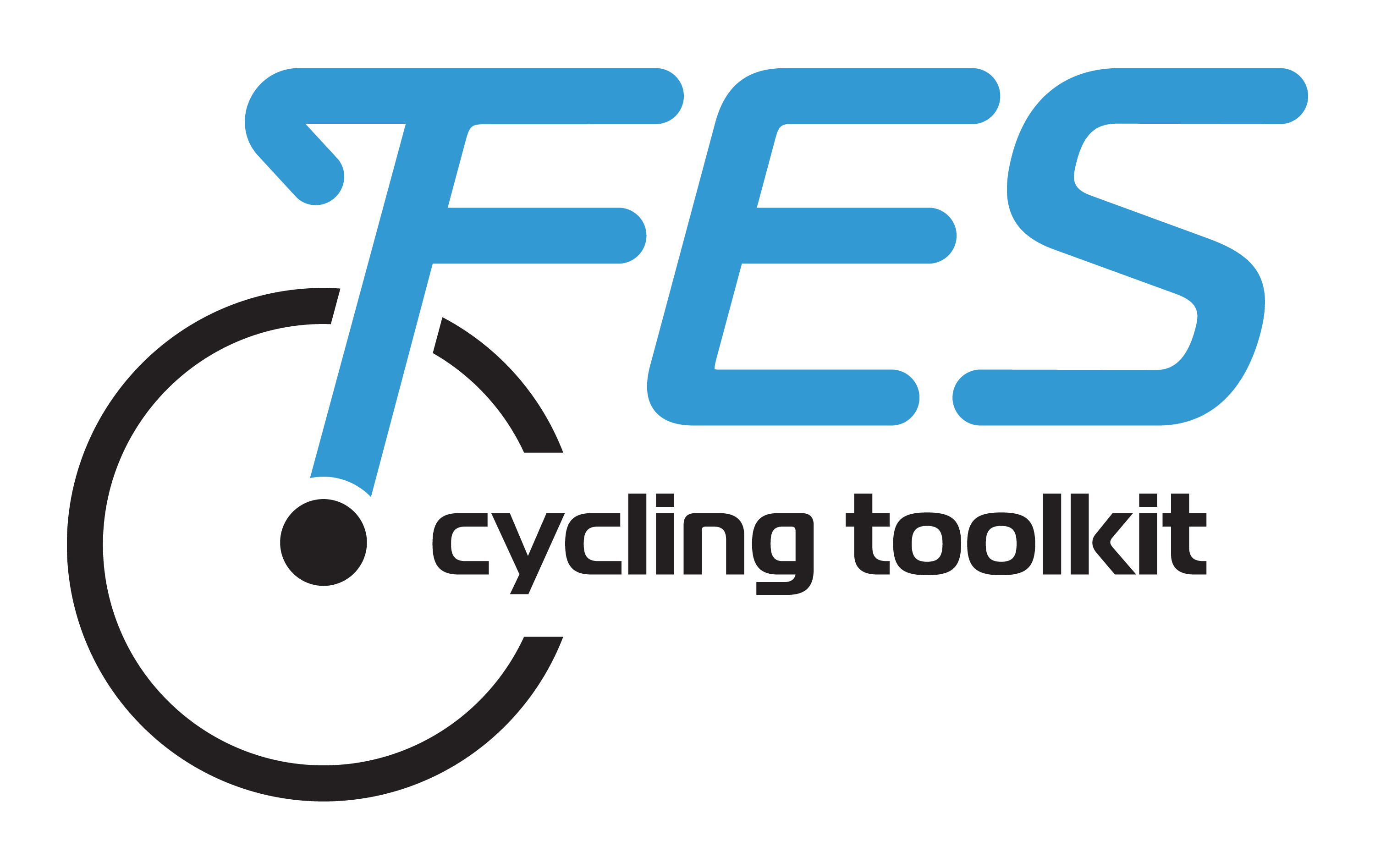Dosage parameters, muscle selection, outcome measures
Actually, you know, [I felt a] tiny micro movement. So that gave me infinite hope, at that point in time. That was it. That was a game changer right there.
- FES cycling user
Dosage parameters and progression
Although there are default settings that are common to use when starting patients on FES cycling programs (see table below), it is important to recognize that pain, apprehension, and other factors related to the injury may limit stimulation amplitudes and duration.6 The progression of stimulation should be highly individualized especially in the first 3 months post-injury. It is appropriate to increase amplitudes in small increments from session to session especially in the first 4 weeks as long as patients do not experience problems such as pain, discomfort, increased spasticity, or issues in blood pressure regulation during or after FES cycling. In general, as they progress further into the program, patients require less frequent (every 3 to 5 sessions) increases in stimulation.
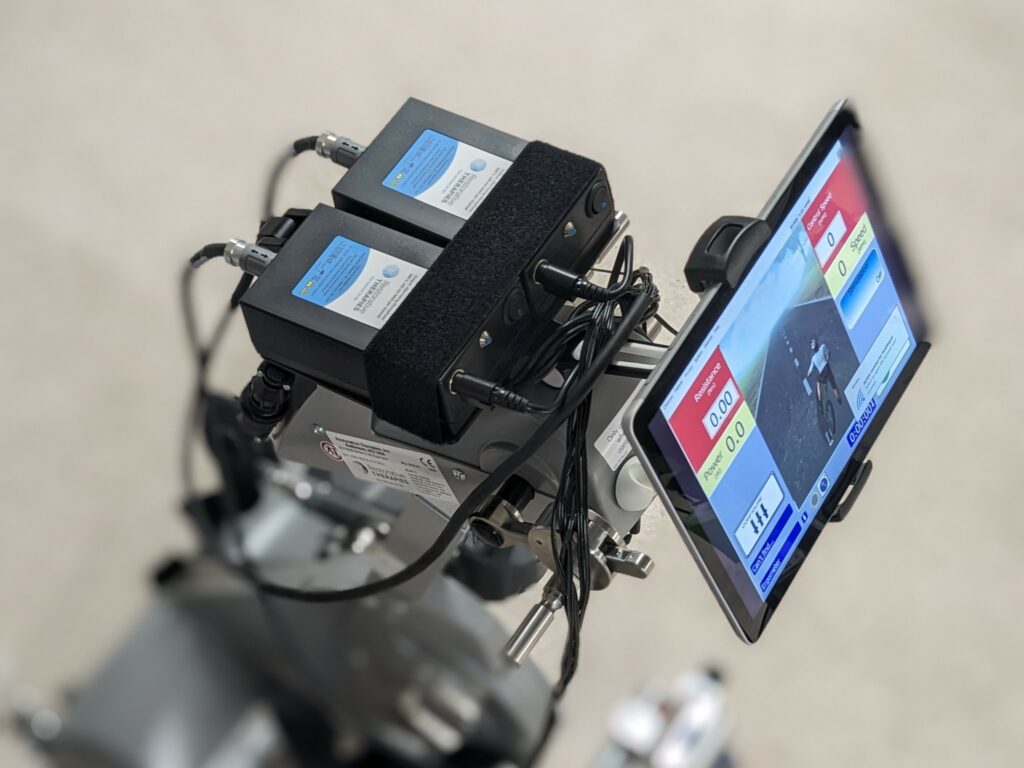
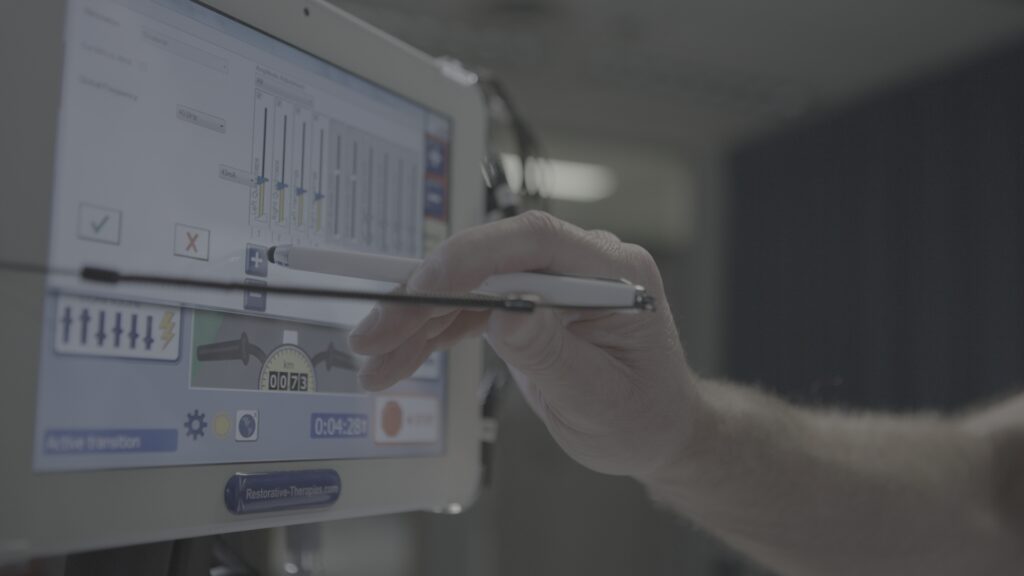
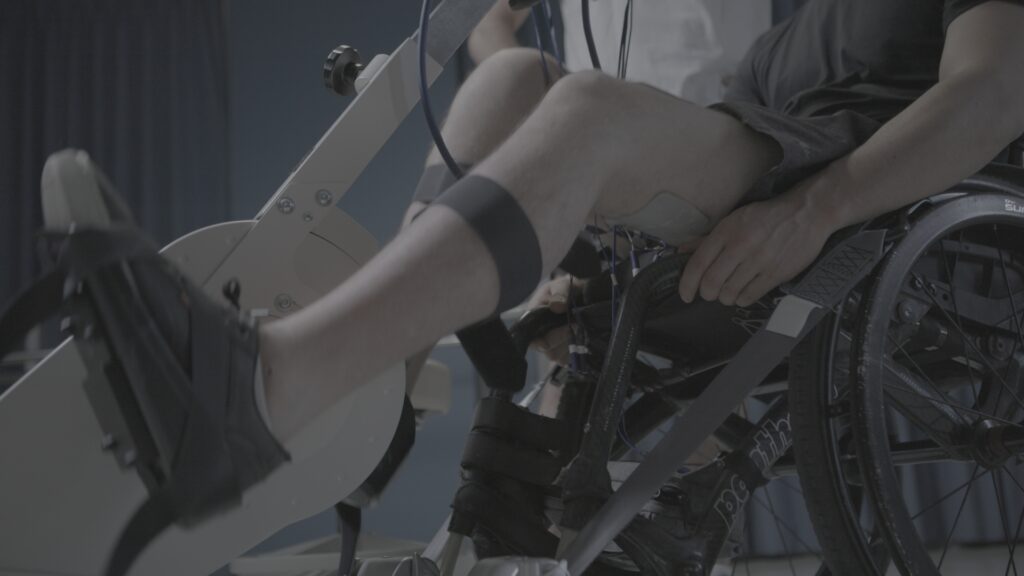
It is also important to note that patients may not be able to produce contractions strong enough to cycle with zero resistance, therefore motor support should be used to cycle with muscle stimulation continuing at maximally tolerated level without producing undue discomfort or fatigue. The parameters below are suggestions only, they can be adjusted according to your own clinical judgment.
Parameters for functional electrical stimulation cycling6
| Parameter | Example first session | Example progression (10 weeks) |
|---|---|---|
| Pulse width (μs) | 300 | 300 |
| Frequency (Hz) | 40 | 40 |
| Cadence (rpm) | 20 | 40 |
| Duration (minutes) | 15 | 45 |
| Number of sessions per week | 3 | 3 |
Intensity for functional electrical stimulation cycling6
| Intensity | Example first session | Example progression (10 weeks) |
|---|---|---|
| Quadriceps (mA) | 25 | 100 |
| Hamstrings (mA) | 30 | 80 |
| Gluteals (mA) | 35 | 100 |
| Gastrocnemius (mA) | 50 | 60 |
Muscle selection
Depending on the individual’s goals and muscle capabilities, various muscle groups can be stimulated during FES cycling. However, it is common to always stimulate quadriceps and hamstrings, and combine these with gluteals and/or gastrocnemius.
Outcome measures
Outcome measures recorded by the program: Average asymmetry, distance traveled, energy per hour (kCal), energy expended (kCal), average stimulation, power, speed, average pulse and peak pulse.
